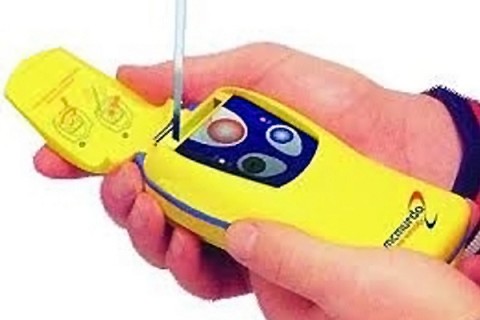
Provided courtesy of the New Zealand Police and the Mountain Safety Council.
1Treat every firearm as loaded
Never assume a firearm is not loaded
- Keep your finger off the trigger; always point the muzzle in a safe direction; open the action and inspect the chamber and magazine.
- Do not take anyone’s word that a firearm is unloaded. Check every firearm yourself. Only pass or accept a firearm that has the muzzle pointed in a safe direction; the action open; and is not loaded.
- If you do not know how to open a firearm, leave it alone. Keep clear of the muzzle.
- If it is someone else’s, ask him/her to show you that it is empty.
2Always point firearms in a safe direction
Loaded or unloaded, always point the muzzle in a safe direction.
- A safe direction will depend on where you are. Remember that bullets can go through walls and ceilings.
- Never point a firearm at anyone else or at yourself.
- Always stay focused when handling firearms.
- To avoid unintentional firing or damage, firearms should never be leant against vehicles or in any place where they could slide or fall.
- Always be particularly careful when placing firearms in, or removing them from, vehicles, boats and storage.
Be aware that firearms can go off unintentionally when:
- Closing the action
- Releasing the safety catch
- Uncocking
- Or opening a loaded firearm
3Load a firearm only when ready to fire
Only load a firearm when you intend to use it, and only in an area where it can be safely and legally discharged. Remember to unload it when you have used it.
Only load your ammunition into the magazine when you have reached your shooting area. (The firearm is then carried with the bolt or action closed on an empty chamber. The cartridges are readily available from the magazine and it only takes a second to open the action and feed a round into the chamber.)
- Do not load the chamber until you are ready to shoot.
- Unload the chamber if the game gets away. (Put the round back in the magazine and close the bolt on an empty chamber.)
- Unload completely – no rounds in the magazine or chamber – before leaving a shooting area or entering a hut or camp. Double check.
Expand for semi-automatic shotguns and rifles
4Identify your target beyond all doubt
You must positively identify your target beyond all doubt before firing. If in doubt, do not shoot!
- The shooter, and anyone supervising an unlicensed shooter, must both positively identify the target.
- Make absolutely certain you identify your target correctly. Identify the target animal/game using at least all the characteristics of the movement, colour, sound and shape.
- Identify all of the animal:
- Do not fire at movement only
- Do not fire at colour only
- Do not fire at sound only
- Do not fire at shape only
Expand for target identification issues:
5Check your firing zone
Be aware of what you could hit in the area between you and your target, and in the area beyond your target.
Ask yourself “What could happen if I miss my target?”
Safety points
- Never fire when companions are ahead of you, especially when you have lost sight of them.
- Never shoot when stock, human activity or buildings are in the area.
- It is unsafe to shoot at a target on the skyline. Remember that rural and urban developments are close to many hunting areas.
- Night shooting is dangerous, especially if using telescopic sights, so only shoot at night if you are certain it is safe to do so. Spotlights light up only a small part of the firing zone and the projectile’s range. It is forbidden to shoot during the hours of darkness in any state forest, forest park or national park.
- Use extra care when shooting at a moving target, particularly with telescopic sights, because your field of view is limited and changes rapidly. There is a greater danger of someone moving into your firing zone without you noticing.
- When shooting near thick bush or scrub you may not be able to see your whole firing zone.
- A charge of shot from a shotgun has a wide spread, particularly at longer ranges.
- Ricochets can be caused by any flat or hard surfaces – rocks, snow, trees and even water. Be especially careful in rocky river beds.
Expand for range and firing zone information:
6Store firearms and ammunition safely
You are required by law to have a safe and secure place to store your firearms at your premises. Store firearms and ammunition separately, out of the reach of children, out of view and in a secure room, rack or cabinet approved by your Arms Officer.
A complete firearm is dangerous in the wrong hands, so lock away your unloaded and disabled firearm and ammunition separately. Do this immediately when you return to camp or home from shooting. Securing firearms out of sight will help prevent removal by thieves.
Understand the law:
7Avoid both alcohol and drugs when handling firearms
When handling a firearm you must be able to think clearly. Alcohol and some drugs (even if prescribed) dull and slow your mental and physical reactions.
Alcohol and Firearms do not mix! Ever!
- Alcohol and drugs must never be taken just before you go shooting or while you are shooting. Wait until your firearm has been safely locked away before you consume alcohol or drugs.
- Do not shoot with others who are, or have been, drinking alcohol or taking drugs.








